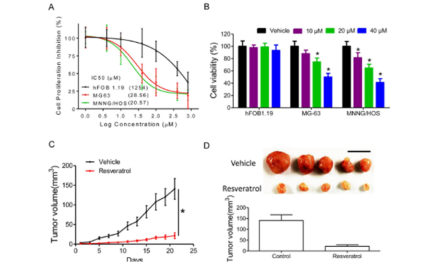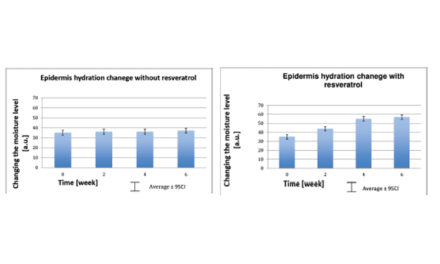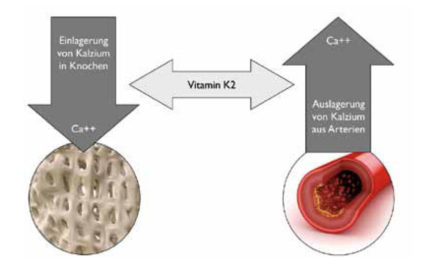Combined pharmacological administration of AQP1 ion channel blocker AqB011 and water channel blocker Bacopaside II amplifes inhibition of colon cancer cell migration
Michael L. De Ieso 1, JinxinV. Pei 1, Saeed Nourmohammadi1, Eric Smith 1,2, Pak HinChow1, Mohamad Kourghi1, Jennifer E. Hardingham 1,2 & Andrea J.Yool 1
Aquaporin-1 (AQP1) has been proposed as a dual water and cation channel that when upregulated in cancers enhances cell migration rates; however, the mechanism remains unknown. Previous work identifed AqB011 as an inhibitor of the gated human AQP1 cation conductance, and bacopaside II as a blocker of AQP1 water pores. In two colorectal adenocarcinoma cell lines, high levels of AQP1 transcript were confrmed in HT29, and low levels in SW480 cells, by quantitative PCR (polymerase chain reaction). Comparable diferences in membrane AQP1 protein levels were demonstrated by immunofuorescence imaging. Migration rates were quantifed using circular wound closure assays and
live-cell tracking. AqB011 and bacopaside II, applied in combination, produced greater inhibitory efects on cell migration than did either agent alone. The high efcacy of AqB011 alone and in combination with bacopaside II in slowing HT29 cell motility correlated with abundant membrane localization of AQP1 protein. In SW480, neither agent alone was efective in blocking cell motility; however, combined application did cause inhibition of motility, consistent with low levels of membrane AQP1 expression. Bacopaside alone or combined with AqB011 also signifcantly impaired lamellipodial formation in both cell lines. Knockdown of AQP1 with siRNA (confrmed by quantitative PCR) reduced the efectiveness of the combined inhibitors, confrming AQP1 as a target of action. Invasiveness measured using transwell flters layered with extracellular matrix in both cell lines was inhibited by AqB011, with a greater potency in HT29 than SW480. A side efect of bacopaside II at high doses was a potentiation of invasiveness, that was reversed by AqB011. Results here are the frst to demonstrate that combined block of the AQP1 ion channel and water pores is more potent in impairing motility across diverse classes of colon cancer cells than single agents alone.
(…)









